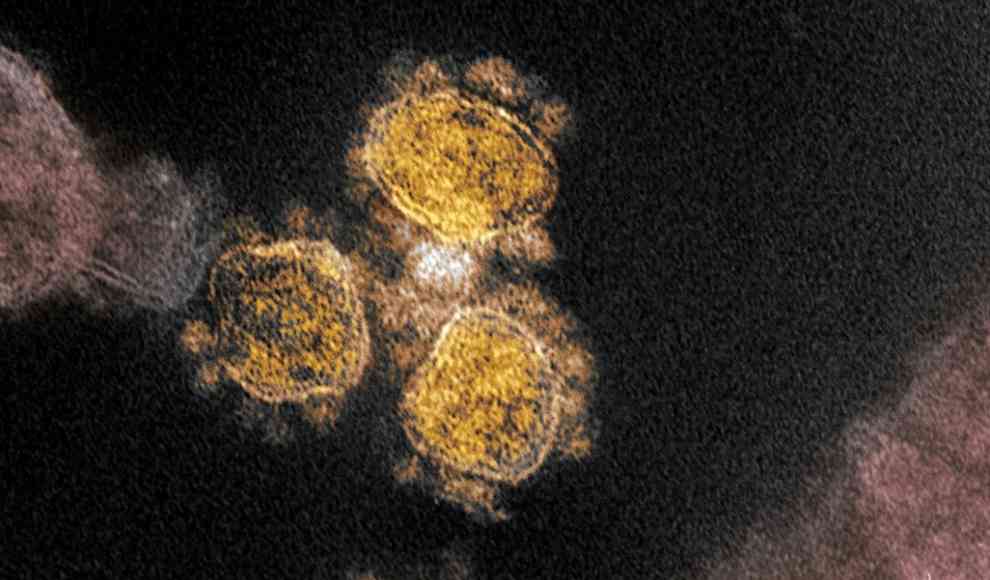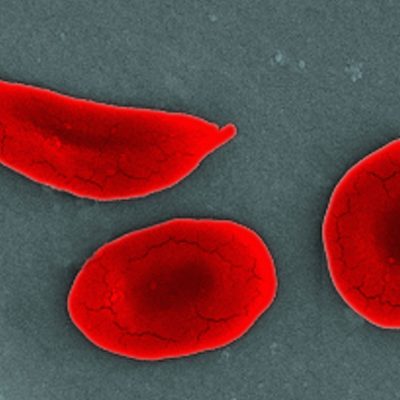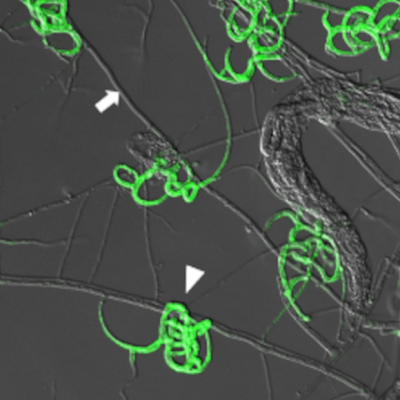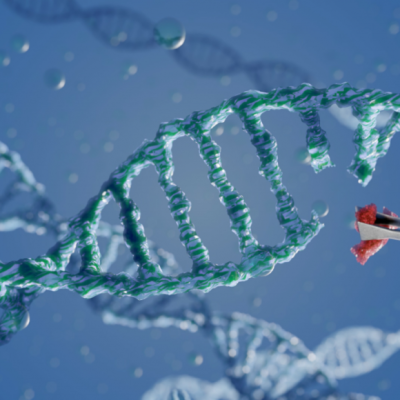A new gene-editing tool has been developed that can manipulate RNA-based structures, including the coronavirus. The previous CRISPR/Cas9 method was limited to DNA. The CRISPR/Cas9 gene-editing tool is considered one of the greatest scientific innovations of recent years. It allows for more precise manipulation of the genetic makeup of living organisms, which can lead to a better understanding of diseases and the development of new therapies. However, the tool was limited to DNA manipulation, and RNA, which is present in viruses like the coronavirus, could not be altered.
Scientists from the New York Genome Center and New York University have developed a new version of the CRISPR method that can manipulate RNA. They used the recently discovered CRISPR enzyme Cas13, which can cut both DNA and RNA, as a basis for their research. They then developed a screening platform that allows for the examination of cells at the RNA level. The new method allows for the simultaneous examination of many areas of the genome using the gene-editing tool. The scientists hope that this new screening technology will help them better understand RNA regulation processes and lead to new medical therapies.
The RNA-targeting Cas13 enzymes are expected to have significant relevance for molecular biology and medical applications. However, little is known about the most effective guide RNAs for gene-editing tools based on this enzyme. To determine which RNA sequences can be used, the scientists used a screening method that allows for the comparison of different guide RNAs. They then developed a model that predicts the most effective variants. The scientists identified key areas that often lead to errors in the gene-editing tool and determined which regions of the guide RNA are more important than others. This knowledge will be used to develop more precise guide RNAs for gene-editing tools based on the Cas13 enzyme. The scientists have already used this knowledge to identify the optimal guide RNAs for the diagnosis and treatment of the coronavirus.
In conclusion, the development of a new gene-editing tool that can manipulate RNA-based structures is a significant breakthrough in molecular biology and medical research. The new screening technology will help scientists better understand RNA regulation processes and lead to new medical therapies. The identification of the optimal guide RNAs for the coronavirus is a promising step towards the development of effective treatments for the disease.










